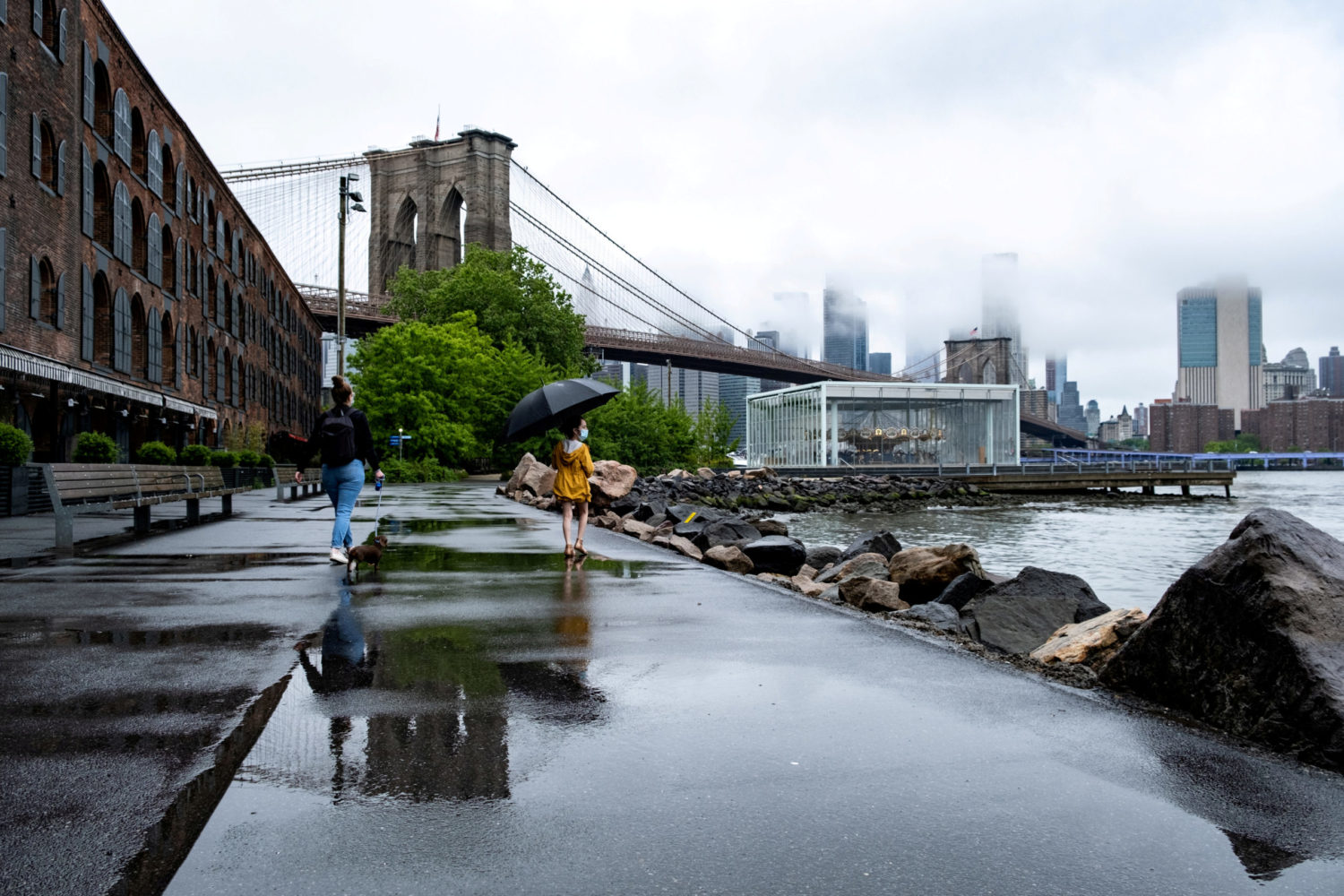
By Jonathan Allen
NEW YORK (Reuters) – New York City’s public schools will begin to reopen for in-person learning on Dec. 7, starting with elementary schools for students whose parents agree to a weekly testing regimen for the novel coronavirus, Mayor Bill de Blasio announced on Sunday.
The schools, which make up the country’s largest school system, were closed less than two weeks ago after the citywide rate of coronavirus tests coming back positive exceeded a 3% benchmark agreed to by the mayor and the teachers’ union.
“It’s a new approach because we have so much proof now of how safe schools can be,” de Blasio told reporters, saying the 3% benchmark was being scrapped and pointing to research that shows young children appear to be less vulnerable to COVID-19. On Sunday, the city’s seven-day rolling average of positive tests was 3.9%, de Blasio said.
Schools Chancellor Richard Carranza, who joined the mayor at a news conference, said with the new measures he believed the city could “safely and successfully keep our schools open for the duration of this pandemic.”
Michael Mulgrew, the president of the United Federation of Teachers, said in a statement that the labor union was supportive of the mayor’s phased reopening so long as “stringent testing was in place.”
New York City, which teaches more than 1.1 million students in its public schools, was one of the few jurisdictions in the United States to attempt to reopen schools in the autumn as the country continues to struggle with the world’s deadliest outbreak of the coronavirus, and its efforts are being widely watched. But it closed classrooms back down in mid-November, less than eight weeks after they had begun to offer in-class lessons.
Some New Yorkers were frustrated to see schools close down again while gyms were allowed to operate and restaurants could offer indoor dining in most areas under rules enforced by New York Governor Andrew Cuomo, who has publicly feuded with de Blasio over how best to tamp down the virus’ spread.
“I think that’s the right direction,” Cuomo said of the mayor’s announcement on a later conference call with reporters. Health experts said schools “should be kept open whenever it’s possible to keep them open safely,” he said.
Pre-kindergarten classes will also reopen Dec. 7 alongside elementary schools. Schools that serve children with special educational needs, known as District 75 schools, will reopen Dec. 10. De Blasio said middle schools and high schools would reopen at later dates that had not yet been set.
Many families had opted for remote learning even as classrooms reopened in September, but the city also offered “blended” learning, with students attending in-person classes a few days each week if they agreed to monthly coronavirus tests.
With the reopening of schools next month, to enter a classroom, students must have a signed consent form agreeing to coronavirus testing or a letter of medical exemption from a doctor, de Blasio said. Tests will be soon be carried out in schools on a weekly, not monthly, basis, but only about a fifth of students will be tested in a given week.
The mayor said the plan was to have in-person learning five days a week where possible when schools reopen.
The governor retains the power to override the city and close schools in neighborhoods where the test positivity rate surges, de Blasio noted. The city will also monitor schools’ coronavirus test results, and may close down any individual classrooms or entire schools where multiple cases are reported.
The United States has reported over 4 million new cases so far in November and over 35,000 coronavirus-related deaths, according to a Reuters tally, with more hospitalizations than ever this year and deaths reaching their highest level in six months.
(Reporting by Jonathan Allen; Additional reporting by Lisa Shumaker; Editing by Leslie Adler)











